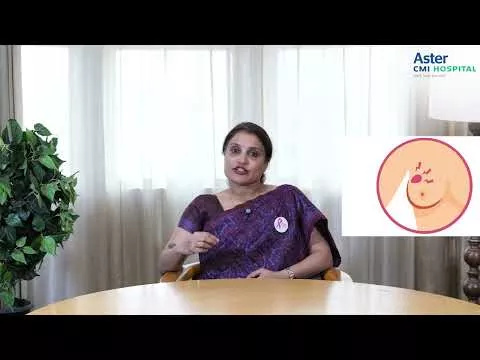If the blood supply to these areas can be restored, the cardiac muscle function would improve. This can be done by means of bypass surgery or by angioplasty and stenting. It follows therefore, that angioplasty for a CTO should be attempted only if the vessel serves a significant area of myocardium that is dysfunctional but likely to improve after restoration of the blood supply.
Differences from a routine angioplasty
As opposed to a routine angioplasty, there is no path for the guidewire to track since the blockage is 100% in severity (Figures 1,2,3,4). The blockage length may be very long. In addition, the vessel course is not often clear. The beginning and end of the CTO segment are not often well defined. The vessel beyond the CTO may not be seen properly. A lot of calcium can get deposited, leading to a lot of difficulties while doing angioplasty.
Thus, a CTO angioplasty is more difficult, consumes more time for the procedure, more contrast agent usage, needs extra skill on the part of the operator, usage of specialized hardware (special guiding catheters, guidewires, devices, balloons, microcatheters, etc), special techniques, extra radiation and is usually costlier than the average angioplasty.
Techniques
There are two coronary arteries that supply blood to the heart muscle. Bilateral, simultaneous injections are needed to delineate the CTO segment. A careful study of the angiogram is done before the procedure to plan the approach. Guiding catheters of the appropriate size are chosen carefully so that adequate support is obtained during the procedure. Microcatheters are small tubes that can go inside the guiding catheter and can carry the guidewire. These lend support to the guidewires and can be used to change guidewires in between. Special guidewires of different tip strengths and other characteristics are available and chosen depending on the nature of the CTO segment. Small size balloons are available that can squeeze inside the toughest CTO lesion. Other specialised devices like Tornus, IVUS, rotablation may be needed at times.
Commonly, the antegrade approach is used similar to conventional angioplasty. The advent and development of retrograde angioplasty techniques have yielded better success rates.
Retrograde Angioplasty
While conventional angioplasty utilises an antegrade approach (passing a wire from the front or beginning of the CTO to reach the end/back of the lesion), a approach utilizes the collateral vessels that supply the coronary artery beyond the CTO to reach the end of the CTO segment and crosses from behind to front. Retrograde and antegrade approaches are often combined nowadays in a hybrid fashion to enhance success rates (figures 5,6,7,8).
Necessarily, the procedure is more complex, specialised, and needs special hardware, techniques and skills in crossing tiny collateral channels safely and performing the different steps of the angioplasty.
The techniques were conceived and refined by Japanese operators, who are currently acknowledged as grandmasters in this field. The techniques have been studied extensively and have been adopted all over the world. However, since it is a difficult procedure, there are only a few dedicated and trained operators in certain centres who can perform this on a regular basis. Aster Medcity, a leading cardiology hospital in Kochi Kerala, is one such institute where retrograde techniques are being utilised whenever needed.
Success rates
Success rates differ depending on the centre and the expertise available. While many Indian centres average a success rate between 50-65%, West European and American centres average 60-70%, and Japanese/ South Korean centres have a high average of 85% success rates in these complex cases. There are individual operators and centres that can claim a very high success rate of 95%. At Aster Medcity, we are proud to have an average success rate of 91%. The higher success rates are due to adoption of newer techniques and hardware including hybrid/retrograde angioplasty, dedicated extra time (presence of 3 cathlabs and reduced time constraints), high quality/low radiation cathlabs with large sized monitors, and trained staff/technicians/doctors. Long term results are extremely good, as reported in many studies (Figure 9).
Complications/Failures
Failure to cross the CTO segment with a guidewire is the commonest cause of failure. Other reasons include inability to track even the smallest balloon across the lesion or to stent the segment.
Complications seen are comparable to other routine angioplasties and include local bleeding, pain, swelling, breathlessness and occasional chest discomfort. Rarely, arrhythmias, artery perforations and even death are reported. Radiation hazards and contrast nephropathy have to be watched for and precautions should be taken for prevention.
CTO Angioplasty remains as the “Final Frontier” of coronary interventions. Newer techniques and hardware have vastly improved the success rates of these complex procedures. Careful and skilled adoption of these will result in better outcomes for patients. For those seeking expert treatment, consulting an experienced cardiologist in Kochi Kerala at a reputed heart hospital in Kochi Kerala like Aster Medcity can make a significant difference in recovery and long-term heart health.





